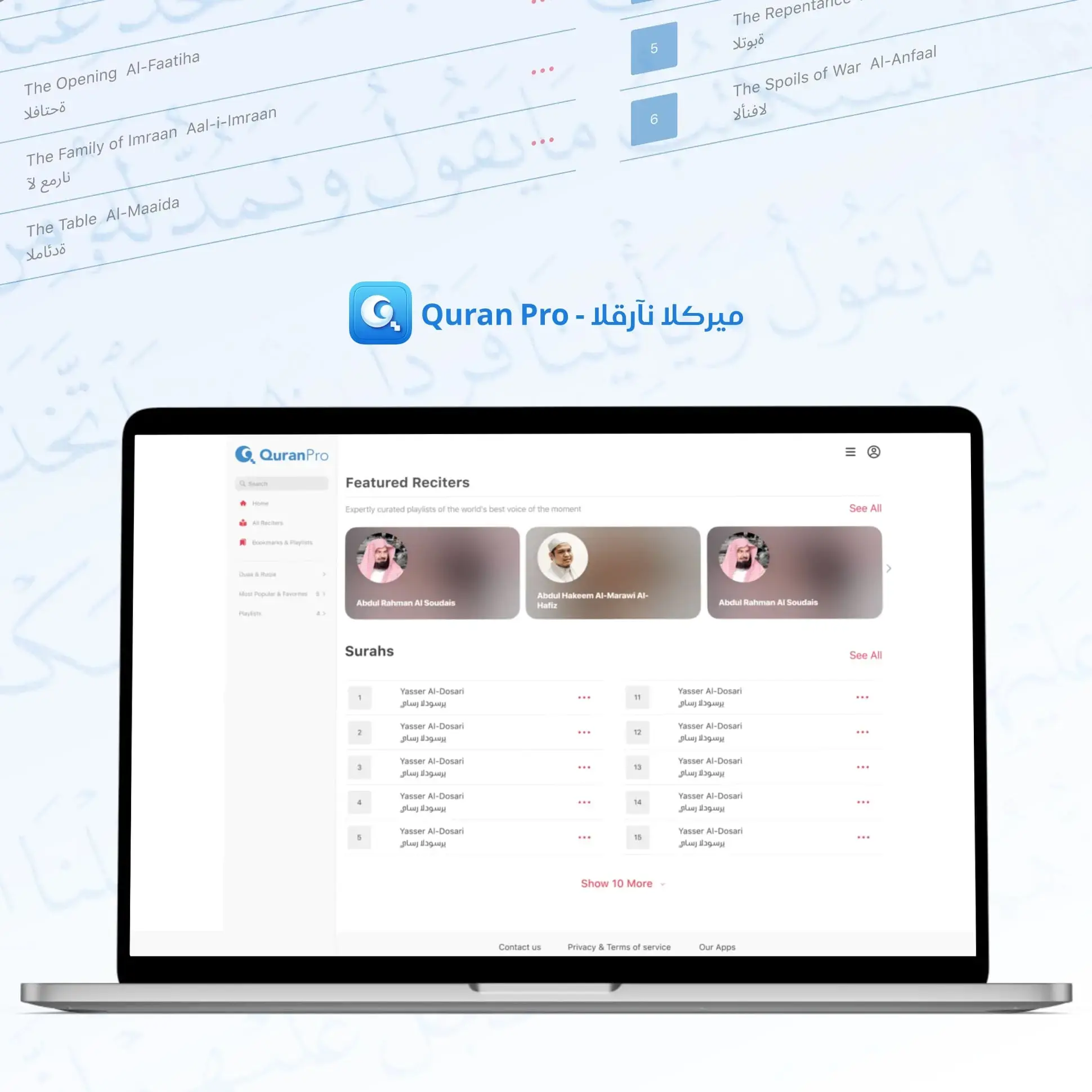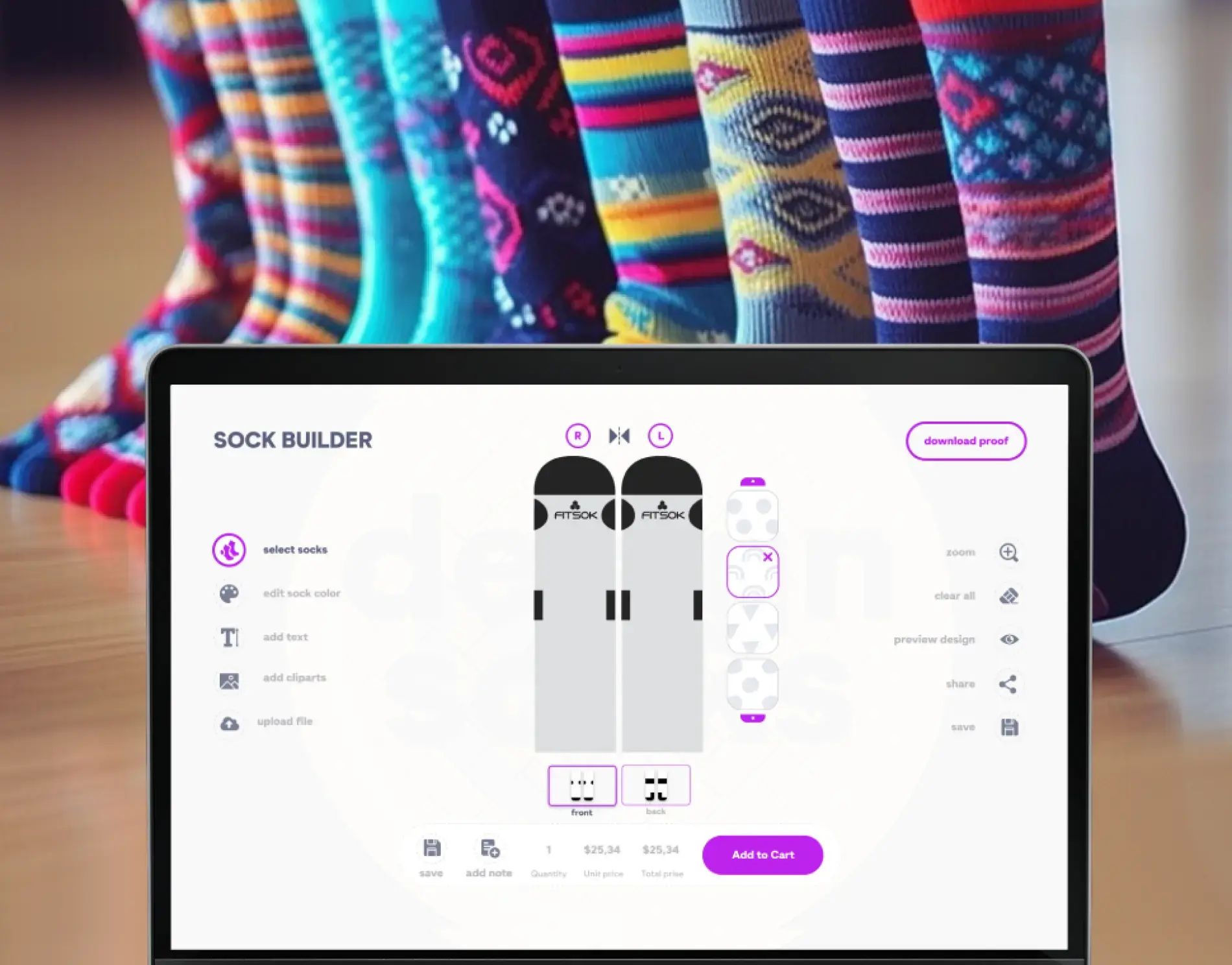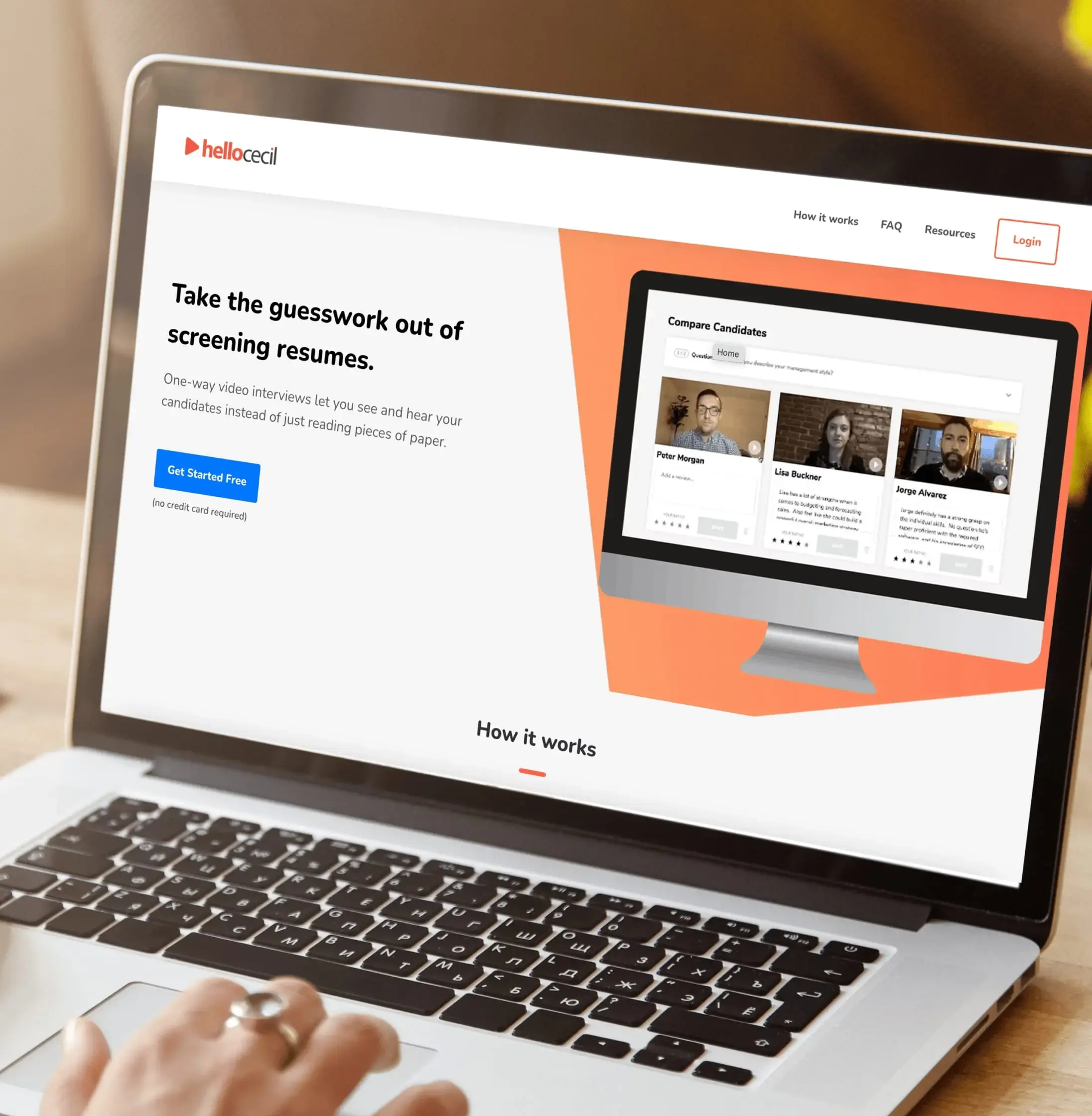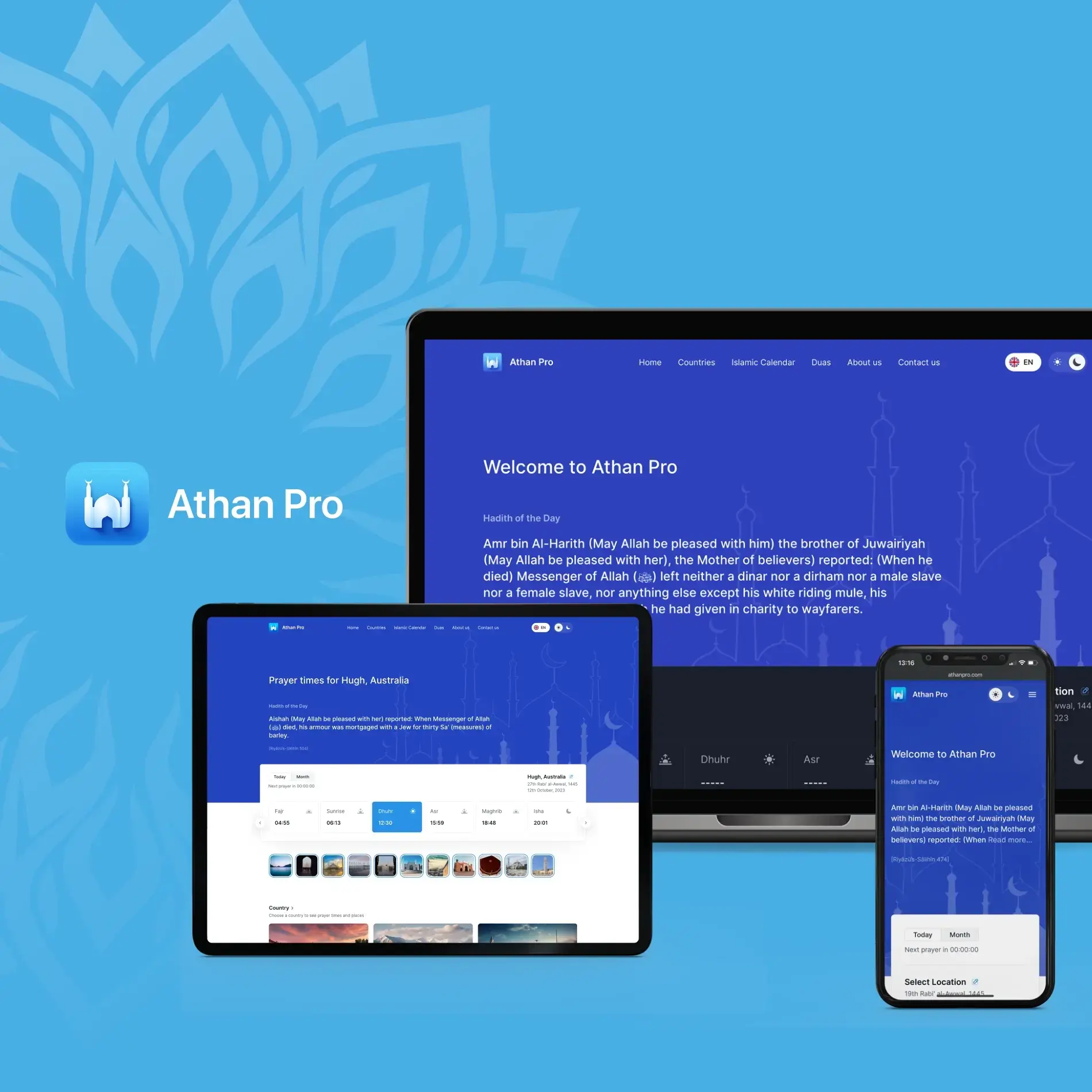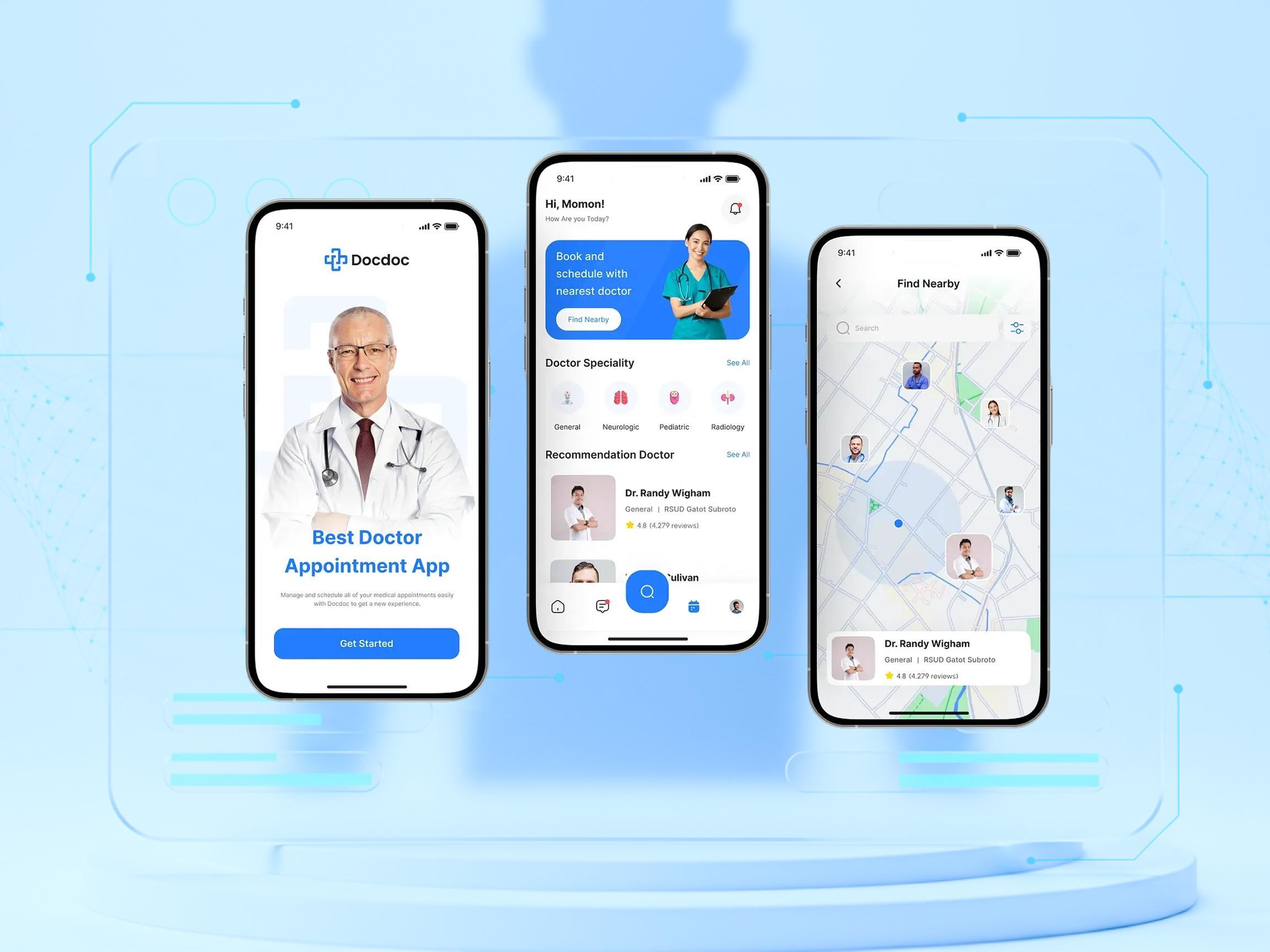
- Cloud Development
What Is Cloud Application Performance Management?
Learn why you need cloud application performance management and how to do it right with JetBase’s practical advice.
September 17, 2024 | Updated on November 24, 2025 | 10 min

Sergei Skirev
CTO at JetBase
Table of Contents
Our Cases
Innovation isn’t just about ideas - it’s about execution, turning vision into reality, and creating solutions that truly make an impact. See what we’ve built and how it works:
- HealthCare
- Media & Entertainment
- eCommerce
- Amazon Web Services
- Cloud Cost Optimization
- Serverless Application
- Retail
- HealthCare
- Media & Entertainment
- eCommerce
- Amazon Web Services
- Cloud Cost Optimization
- Serverless Application
- Retail


